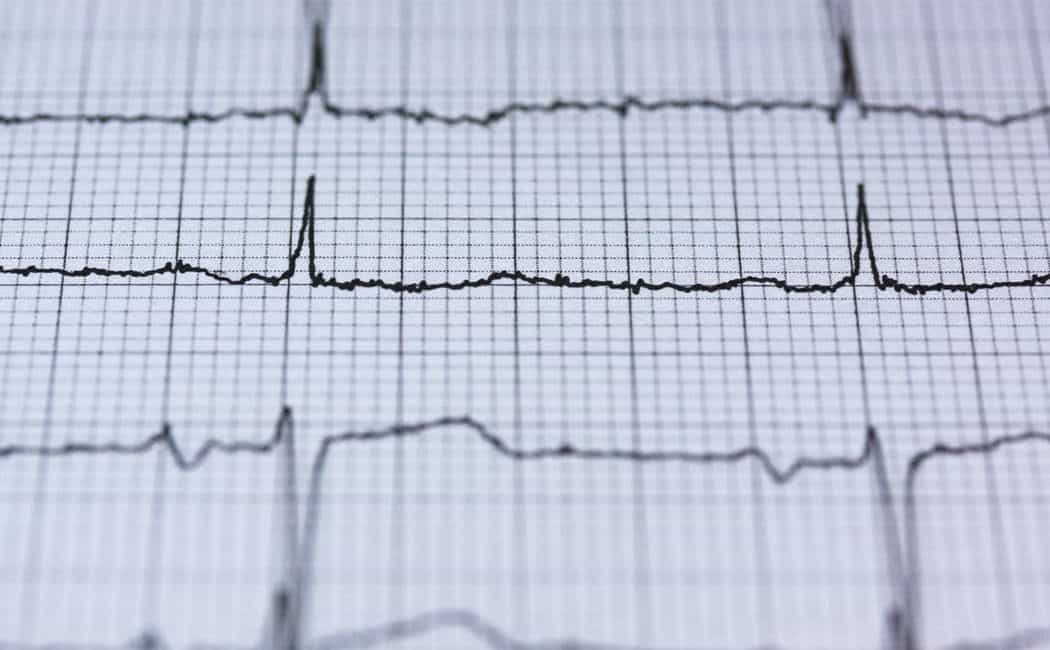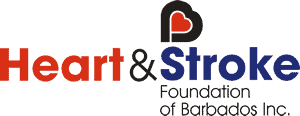Ischemic Heart Disease

Risk Factors for Ischemic Heart Disease (I.H.D):
These are factors, which either accelerate the rate of formation of atheromatous plaque or increase the risk of plaque rupture. Some of the factors cannot be modified at present. These are increased age, family history of A.M.I and male gender.
Other risk factors are modifiable, being directly or indirectly under the control of the individual.
Other Ischemic Heart Disease Risk Factors are:
- Cigarette Smoking
- Obesity
- Diabetes
- Physical inactivity
- High blood cholesterol (hyperlipidemia
- Hypertension
- Inadequate nutrition
Prevention of Ischemic Heart Disease (I.H.D):
Prevention is largely by actively attending to the modifiable risk factors: -exercise, diet, weight reduction etc. Attacks of angina can be prevented by the use of nitrates such as nitro glycerine before commencing an activity that would normally produce symptoms. For certain types of angina, the nitrates may be supplied in the form of a patch applied to the skin. Removing the patch at the specified time and specified interest is essential for maximum efficiency. Other medication called calcium channel blockers can be used in addition to nitrates especially in those variants of angina where there is an element of coronary artery spasm. The use of Beta-blocking agents, whose genuine names usually end in ‘olol’, significantly raises the threshold of physical activity that can be achieved before experiencing angina.
There is a role for surgery in the management of crippling angina. The two standard methods are either the minor, but highly skilled procedure of Percutaneous Coronary Angioplasty or the major open-heart surgery forCoronary Artery Bypass Grafting. (C A B G)
In the case of Coronary Thrombosis, there is a role for the antithrombotic agent aspirin in its prevention. During the past two decades, the morbidity and mortality of this condition has been considerably reduced by the introduction of Thrombolytic (clot dissolving) therapy during the early stages of an attack. This approach often restores blood flow through a treated coronary artery and saves the underling heart muscle. There is also the role for surgery to play in a small subset of those patients who experience a coronary thrombosis. These measures are in addition to the routine pain management, treatment of arrhythmias, heart failure and acute circulatory failure (shock) as well as prevention of other complications.

